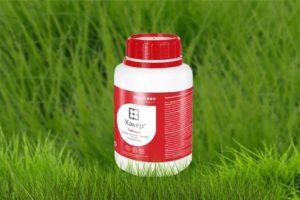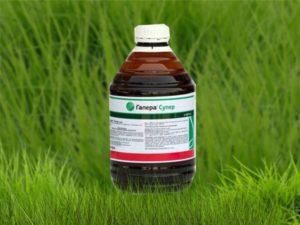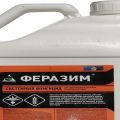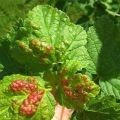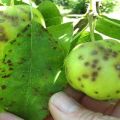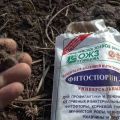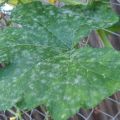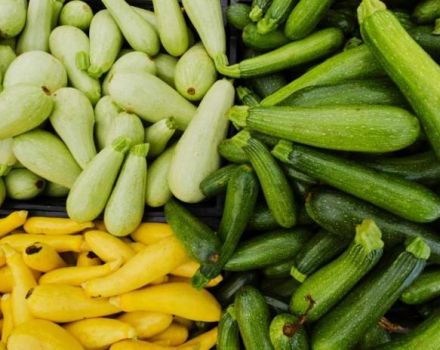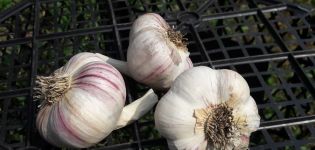Instructions for use and composition of the fungicide Zantar, dosage and analogues
"Zantara" stands out against the background of other fungicides with its universal and fast action. The drug begins to suppress the activity of pathogenic microflora almost immediately after application. However, the fungicide "Zantara", according to the instructions for use, can only be used to treat grain crops. At the same time, the product does not harm insects (in particular, bees) and does not harm the crop.
Composition and principle of action
"Zantara" is a universal fungicide that has a systemic effect on the affected plant. The drug suppresses the activity of pathogenic microflora, both on the surface of the grain crop, and inside, in case of penetration of microorganisms. "Zantara", in spite of the above, is used to treat strictly defined plant species. The remedy is effective only against diseases affecting wheat and barley.
The drug is based on bixaphen and tebuconazole in the amount of 50 and 166 grams per liter of Zantara, respectively. After application, both substances penetrate inside the sheet plate under the wax layer, under which ultraviolet radiation and rainwater do not fall. Then the agent spreads through the plant, suppressing the activity of pathogenic microflora within one hour after treatment.
Appointment
As it was noted, "Zantara" is used in the treatment of grain crops. This remedy is used in the treatment of spring and winter wheat from:
- septoria leaves;
- powdery mildew;
- various types of rust;
- pyrenophorosis.
The drug is also suitable for the treatment of spring and winter barley from:
- dwarf rust;
- reticular and dark brown spotting;
- rhynchosporia;
- powdery mildew.
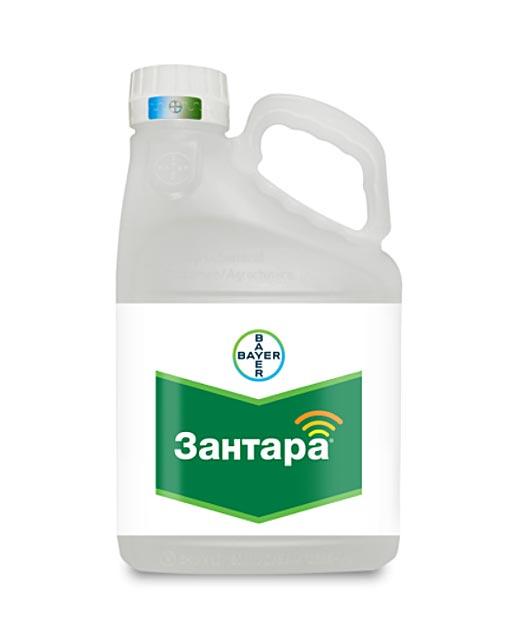
Despite the above efficiency, it is impossible to constantly use "Zantara" in the treatment of grain crops. With regular processing, pathogenic microflora develops resistance to the fungicide. Therefore, if during the season it is not possible to cure the plant with Zantara, it is recommended to replace the drug with another with a similar effect.
Advantages and disadvantages
The advantages of the fungicide include the following:
- a wide range of diseases that the agent affects;
- increased efficiency against rust;
- provides long-term protection of crops against spotting;
- contributes to increased productivity and tolerance to negative environmental influences;
- quickly restores the plant.
"Zantara" has a physiological effect on the cultivated culture, which is manifested in the following:
- the area of the sheet plate increases;
- the concentration of chlorophyll in the leaves increases;
- leaf aging slows down;
- seed mass and yield increase.

Among the disadvantages of the fungicide are the overpriced. A liter container with the drug costs more than 3.5 thousand rubles. Also, the disadvantages of the product include the limited effect: the drug cannot be used to treat other plants, except for those indicated earlier.
Compatibility with other products
The compatibility of Zantara with other chemicals must be checked before starting the treatment of the plant. This parameter is not set by the manufacturer.
Application features
Treatment of wheat and barley from diseases must be carried out when the first signs of damage appear. It is possible to process crops with "Zantara" during the growing season in the phases from the beginning of the formation of the first leaf to heading. The consumption rate of the working fluid is 0.8-1 liter per hectare of crops.

To control the development of powdery mildew, as well as in conditions of active development of the disease or when growing crops with weak immunity, it is recommended to introduce the drug during the formation of the flaglist. Compliance with this condition allows you to extend the growing season.
In addition to the properties described, "Zantara" increases the plant's resistance to drought.
The effectiveness of the tool
"Zantara" is used for both treatment and prevention of diseases in wheat and barley. After application, the drug begins to affect the pathogenic microflora within an hour. After processing, the product creates a protective shell that prevents contamination of the culture for 3-5 weeks. This parameter depends on the degree of plant infection, weather conditions and a number of other factors.
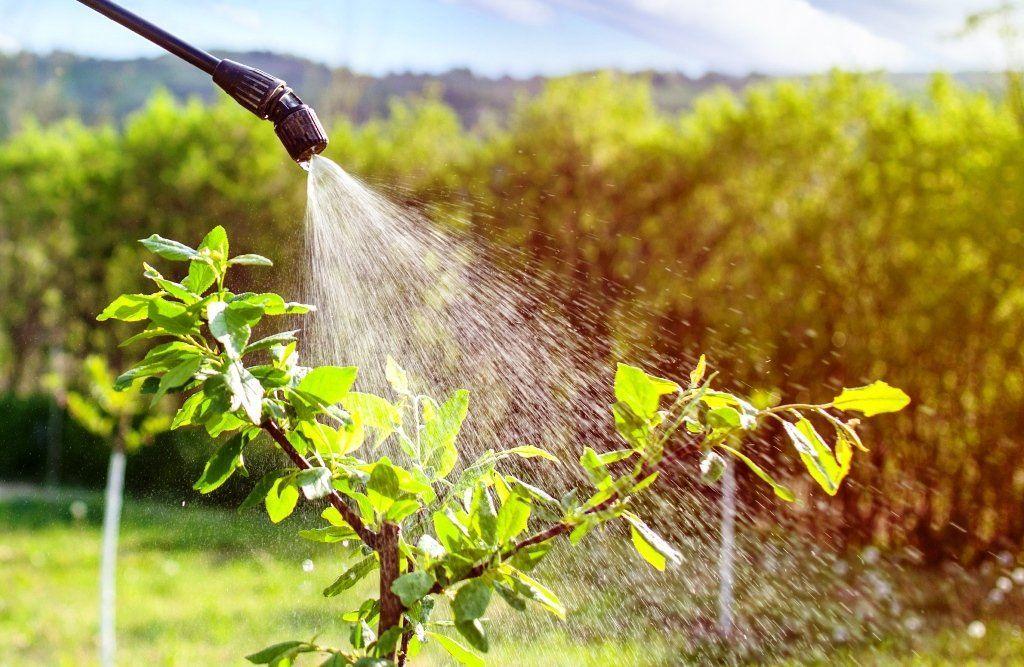
Analogs
The following fungicides can act as an alternative "Zantara":
- «Impact Super»;
- Celeste Max;
- "For you";
- "Bunker";
- "Redoubt".
These fungicides contain tebuconazole, which is used to suppress the development of powdery mildew and a number of other diseases. However, Zantara also contains bixaphen, which enhances the activity of the main substance and increases the plant's resistance to infections.
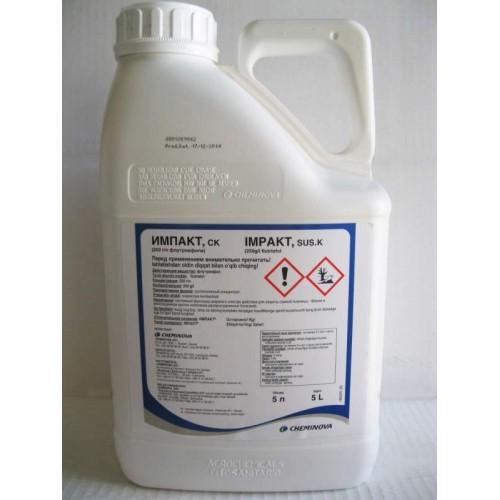
Reviews
Oleg, Volgograd: “The use of“ Zantara ”is justified only on large areas. The fungicide does its job well. During the use of the drug, diseases in wheat were not observed.
Andrey, Rostov-on-Don: “After processing wheat for 2-3 days, the signs of diseases disappeared. Further cultures did not get sick. Of the disadvantages of the drug, it is worth noting the overpriced. Instead of Zantara, you can purchase other available fungicides with a similar effect. "
Anatoly, Krasnodar: “For 2 seasons that I use this product, the number of diseases in wheat has dropped sharply. But I recommend buying this tool only if you need to process a large area. For private sites, the purchase of the drug is not justified because of the overpriced. "
